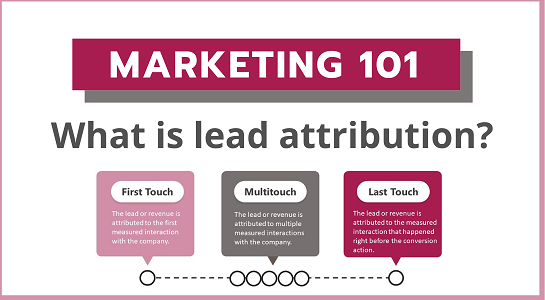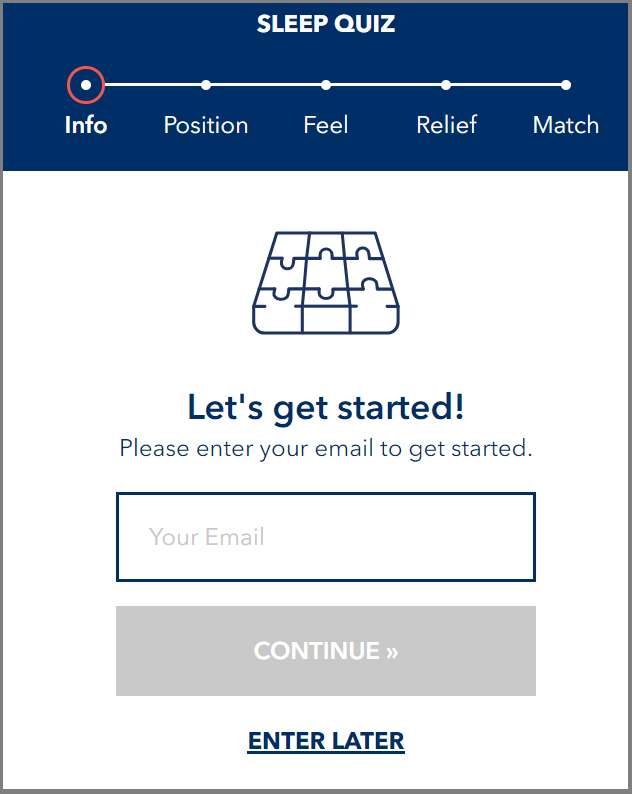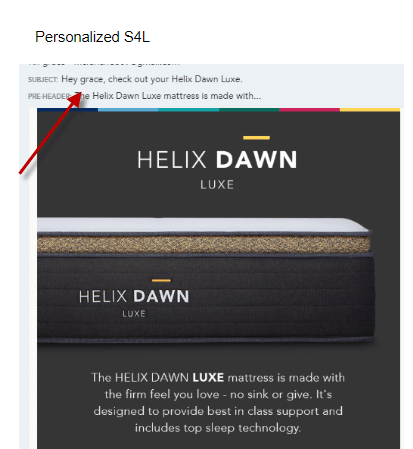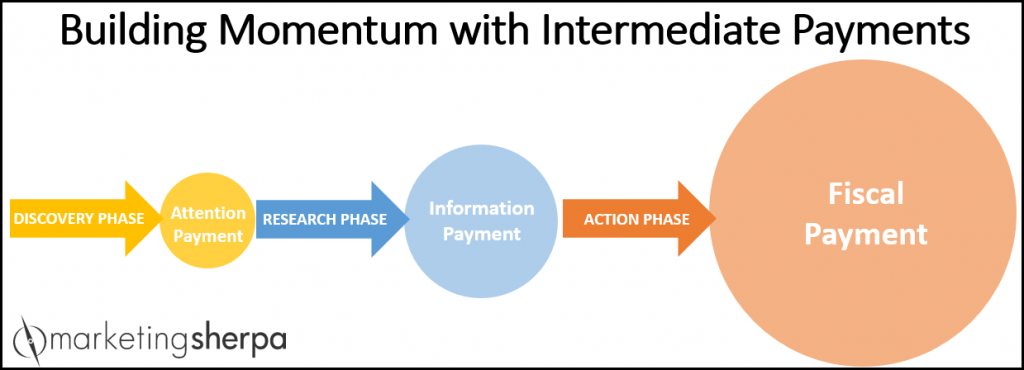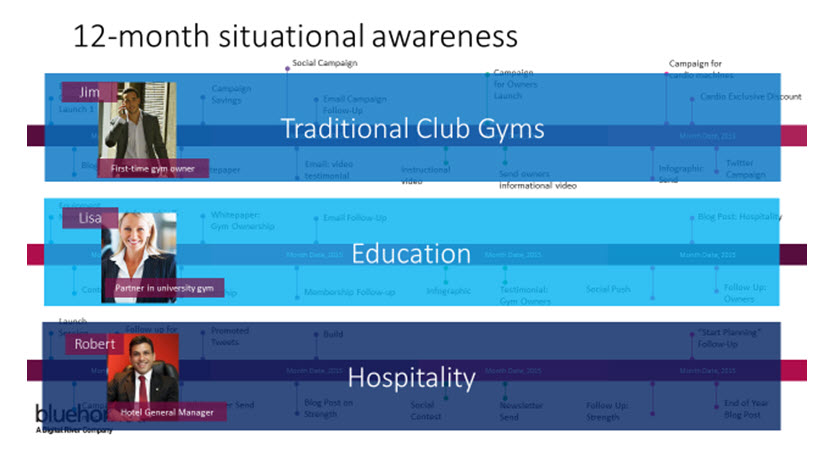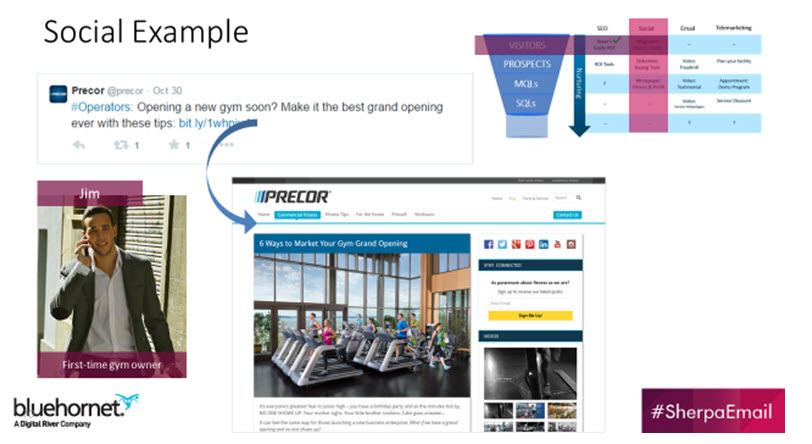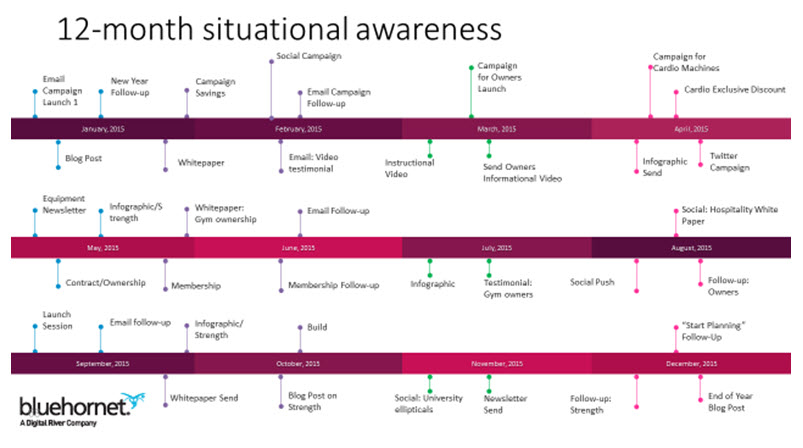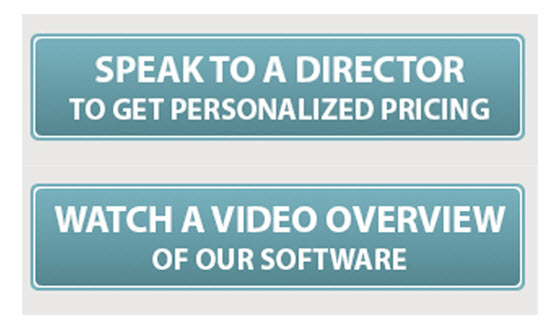During AI Guild research briefings and LiveClasses, guild members ask questions using the Zoom chat feature. And we answer those questions right here…
Why Claude 2 vs ChatGPT? It’s important to pick a long-term tool to be able to teach it in depth. So looking to understand the pro’s / con’s.
I’ll challenge the idea of the need to pick a long-term tool (although we’ll get into that in the next question in this blog post).
The biggest difference I’ve seen between Claude and ChatGPT is that Claude can process much larger inputs than ChatGPT. You can even attach files when you message Claude.
This is a key differentiator if you want Claude to analyze a chat log, write a summary based on a transcript, or give you feedback on a long article.
ChatGPT gives you the ability to tune all of its responses to some extent using the custom instructions feature, although this is only available in the Plus subscription for $20 per month. The Plus subscription also gives you access to GPT-4.
The site explains the features as “Custom instructions let you share anything you’d like ChatGPT to consider in its response.” It is not available yet in the UK and EU or the free version of ChatGPT, which is currently using GPT-3.5, but there are plans to roll it out to all users soon, according to OpenAI’s website.
If you choose to upgrade to the Plus subscription, you can turn this feature on by clicking the three dots next to your email address in the lower left, going to the “Beta features” section and moving the slider next to “Custom instructions” to green. Then you will have access to two questions:
- What would you like ChatGPT to know about you to provide better responses?
- How would you like ChatGPT to respond?
You could, for example, include information about your ideal customer when answering these questions. If you would like ideas for how to get AI to build a customer persona, AI Guild members can go to the Briefing Notes for MEC200 [08-02-23], scroll down to the “Ken Ducey” group coaching and click the drop down carrot, and read the prompt under “Using GPT and the new Custom Instructions.”
Keep in mind both ChatGPT and Claude have a knowledge cutoff in 2021 (ChatGPT specifics September 2021 and Claude is less specific), so if more recent information is key to your prompts, you should consider AI connected to the internet, like Bing.
I also asked both Claude and ChatGPT about their pros and cons. Like any market leader might say about its challengers, ChatGPT ‘never heard of it.’ In fairness, this is probably literally true. As I mentioned, ChatGPT’s knowledge cutoff is currently September 2021, and Claude was first released in April 2022.
Claude said that ChatGPT has broader capabilities since it was trained on more data, but that Claude does a better job of staying on topic and remembering context from previous conversations. That has pretty much been my experience, and I have been using Claude more because of it. While ChatGPT can have some truly outstanding responses, it can also be wildly off base. I see that less with Claude but it does happen as well.
And in fairness, this has been a challenge with all generative AI tools. For example, a guild member mentioned in the chat that he had trouble with Bing giving fake info then getting upset.
If you’d like more insight about different AI tools, AI Guild members can go to Guild [07-26-23], scroll down to the Prompt School section, and read point #6 “Note the best uses for each of your primary AI platforms.”
Whichever tool(s) you use, the AI won’t do everything. The prompts and prompt stacks you input will significantly impact your results. Flint McGlaughlin walks through an example in Sales Funnel and ChatGPT: 6 ways to leverage AI now to develop a powerful value proposition.
Why do you say ‘no’ long-term use of AI tools? Just because of the rate of change?
Don’t build a house on sand.
Vendor lock in is a challenge with any industry, but the mass adoption of artificial intelligence is so new and moving so quickly that what is true today may already be dated in three weeks, let alone three months or three years.
For example, the ChatGPT feature I mention about for “custom instructions” is listed as a beta feature. And OpenAI states, “As a Plus user, enjoy early access to experimental new features, which may change during development” (my emphasis added).
Now there may be some artificial intelligence you have to lock into on some level. For example, MECLABS AI is built on ChatGPT, the best available option at the time we launched. You might train an AI chatbot and add it to your website or use AI for many different things like media buying. These choices will inherently necessitate placing a bet. But do everything you can to stay as fluid as possible and avoid vendor lock in.
However, when it comes to using generative AI chatbots, they are easily switchable (all you need to do is open a different tab in your browser). So keep your options open, stay curious, and keep playing.
Yes, you would need to teach a customer service or sales AI chatbot you put on your website in-depth information about your company. But I’m unaware of how much any generative AI LLM really learns from your interactions with it between sessions (other than the simple feature mentioned above in ChatGPT). So the downsides of brand loyalty may trump the upsides.
I want to mention another element of not thinking “long term” that goes beyond AI tool selection – designing your offer. Keep enough flexibility in your business model that you can bob and weave and pivot as technology changes. I’m not one to make predictions, but here’s a sure bet – things are going to get pretty interesting over the next few months and years.
To remix a Ferris Bueller quote, “AI moves pretty fast. If you don’t stop and look around once in a while, you could miss a really good business opportunity.”
Anyone have any ideas on how to use AI for lead gen? Specifically, analysis and recommendations to get in front of ideal prospects?
This question sets up the importance of AI prompts.
When I asked Bing AI this question for a wedding industry company with a very low-priced product, I got back some pretty rote answers. For example, “Share success secrets from thought leaders.” and “Create helpful videos to solve issues for prospects.” This is the type of basic advice you’d already find in an SEO-ed up blog post about lead gen.
But then I copied a bunch of reviews for this wedding industry company, pasted this into Claude, and gave it the prompt…
Analyze reviews. Who is the ideal customer for this company?
Claude gave me a series of attributes about the customer. Then I asked Claude…
How can I get in front of this ideal customer?
Some of the recommendations were pretty basic, like “Advertise on wedding planning websites and forums like TheKnot, WeddingWire, etc. Brides often turn to these sites when planning their wedding on a budget. You can sponsor content or run ads.”
But it also came up with this response as well, “Target ads in college towns, where many younger budget-conscious brides get married right after graduation.”
I thought that was a pretty good idea for a low-cost wedding service. An idea I hadn’t thought of when reading the question (although, in fairness, an entrepreneur who has worked in this field for several years might have already considered it).
To show how you can use multiple generative AI tools in tandem (in response to the two previous questions), I then pasted the ideal customer description from Claude into GPT-4 (remember, Claude is better at analyzing large amounts of information) along with the same prompt.
Again, most of the suggestions were pretty obvious to anyone with even a modicum of marketing experience. For example, “Optimize your website and blog content with keywords that this audience would likely use when searching for affordable wedding video solutions. Keywords could include phrases like ‘budget-friendly wedding video,’ ‘DIY wedding video,’ ‘guest-shot wedding video,’ and similar terms.”
So I pushed GPT-4 a little harder and said…
All these answers seem obvious to someone with marketing experience. Give me some truly breakthrough and out-of-the-box ideas.
It gave me seven more ideas, and I thought this one was something really unique that I hadn’t thought of: “Video Capsule Partnerships: Collaborate with a tech company that offers ‘time capsule’ services, where users can send messages (including videos) to their future selves. Couples could use the company to capture their wedding and then ‘send’ the video to be viewed on a future anniversary.”
This won’t generate instant leads, but it would give the company a reason to followup with happy customers down the road, at which point they could offer a referral bonus.
So I got two original ideas after only spending a few minutes with some AI tools. Not a bad ROI. If I really engaged deeply for an hour or more, if I was the entrepreneur and it was my business, I probably would have gotten much more from the generative AI tools.
The biggest point is – AI can feel like magic. And it is in a sense, but not the way we normally talk about magic as waving a wand and getting an instant, amazing result.
Magic in the real world is a carefully crafted illusion, powered by hard work and a keen methodology. And AI is no different.
You can’t just ask a general question and get an amazing result, usually. But feeding AI tools info about your ideal customer and the design of your offer will produce better results, especially for something as difficult as finding a new way to get in front of your customer.
Check out Marketing Funnel Optimization: A straight-forward guide to design your offer if you are unfamiliar with offer design. And if you’re an AI Guild member, you can go to the briefing notes for this week’s session at MEC200 [08-02-23] to see how Flint McGlaughlin used artificial intelligence to build customer profiles. Just scroll to the bottom of the page and click on the names of people we conducted group coaching for in this week’s LiveClass.
Related Resources
AI Marketing Prompts: 14 prompt examples marketers and entrepreneurs found most useful
MECLABS AI Guild



